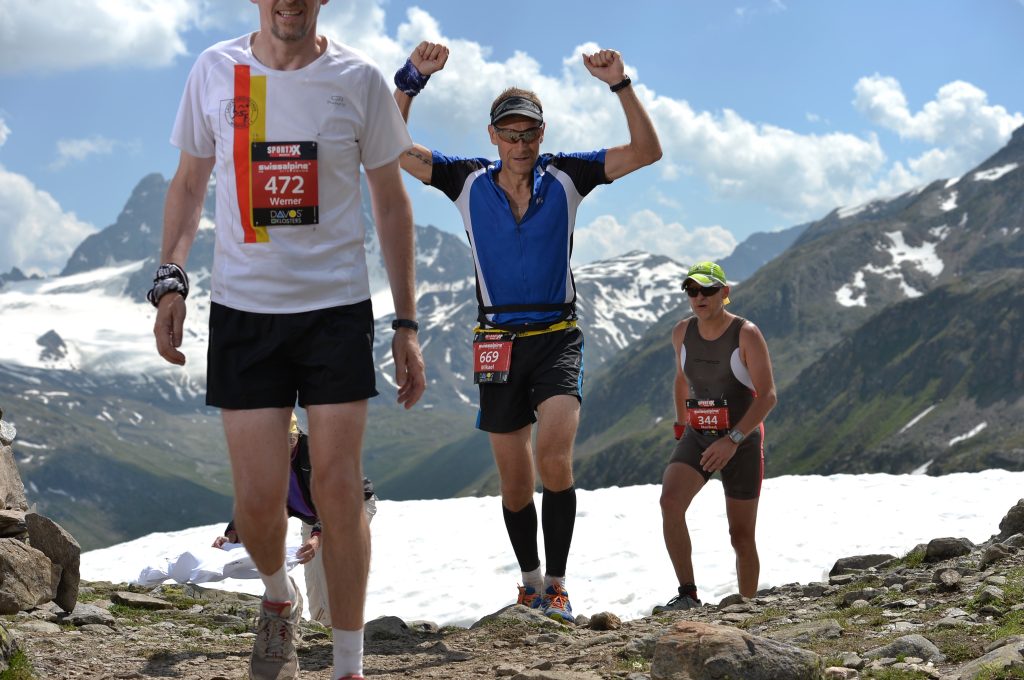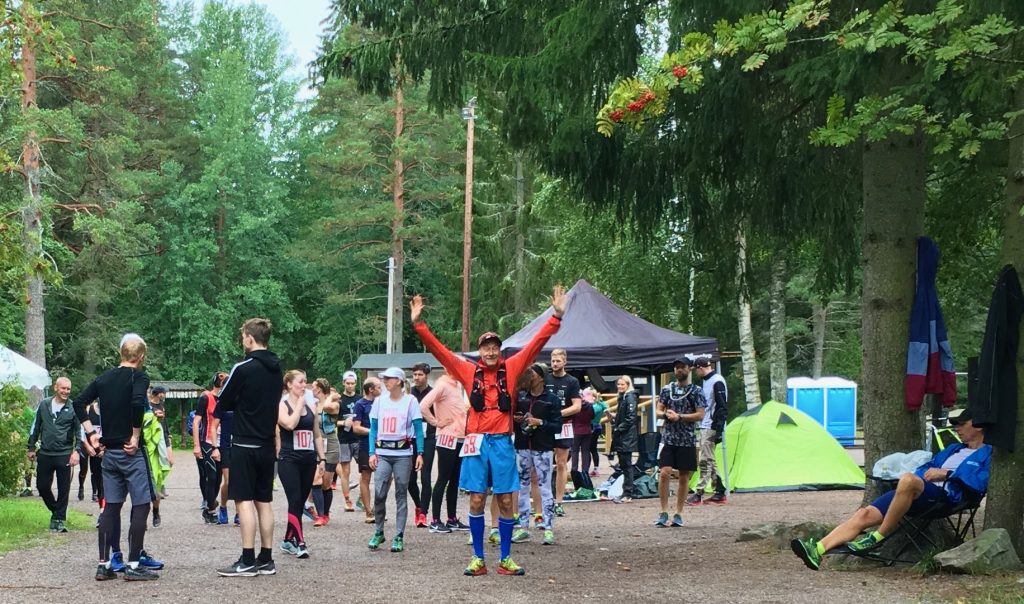Sandarne, March 4, 2023
All sports are about long-term thinking, training for something in a wise and sustainable manner, in order to be able to benefit from the training when it's time for competition. Ultrarunning, at least in some ways, is more about long-term thinking than many other sports, because it requires many hours of training, each race takes longer than most other sports, and the lower intensity of running allows for high performance at an older age.
I started running with the dream of becoming a marathon runner. Pretty soon, I became a marathon runner with the goal of running faster. Ten years later, I discovered ultrarunning and instead wanted to run longer distances.
My goals were about both longer distances and eventually being able to run longer into my old age, preferably throughout my whole life. For a long time, I thought my perspective on running was long-term, that the most important thing was not the performance here and now, but being able to run until I was 75 years old and hopefully even longer. I didn't notice when I gradually shifted to a shorter-term perspective, where the most important thing was to complete a certain number of races within a few years, and where long-term thinking took a back seat.
When I developed back problems in 2020, which I ignored and continued to run with, it led to serious knee problems, which in turn prevented me from running ultramarathons. Then my focus was only on getting back as soon as possible.
In 2021, I really tried to address the back problems and trained daily for 20-40 minutes with different back exercises according to a tailored program with the help of an online coach. The problem was that I continued to run as usual, partly because I continued my run streak, and partly because I trained for and continued to run various ultramarathons during the season. I continued to run despite persistent pain in my back. I continued to run despite having to withdraw from two different backyard races long before I wanted to step off, both due to increasing pain in my back, radiating pain in my right leg, and a, for other obvious, limping running style.
The days after I finished both of the backyard races, despite still having the energy and desire to continue, I kept up with my run streak, running every day and maintaining my focus on the races ahead. Gradually, my body started to function less and less effectively. When I could no longer complete a 30-kilometer run due to intense pain in my back and leg, I realized it was pointless to attempt any more ultramarathons that year. It was only then that I ended my run streak, canceled the remaining races, and reduced my running. Later on, when I noticed a significant atrophy in my right leg, I stopped running entirely for a couple of weeks
I stopped because I was scared and because it no longer worked. Not consciously, rather by compulsion. Previously, I really believed that I had lived in accordance with my value about being able to run when I get older, which were based on some important insights.
My first experience of that it’s possible to run long races as a 75-plus year old was in 2008 when I ran my first Lidingöultra. There I met two men in the locker room who joked with each other about their respective performances in a six-hour ultramarathon they had recently done. One of the men claimed that he always had a slightly better chance since he was much younger. They were 75 and 76 years old at the time. It inspired me strongly, made me see what was possible in a new way.
My second realization came in 2013 before my first Swiss Alpine race. An 80k trail race in the mountains around Davos with running on peaks up to 2900 meters above sea level. The day before the race, I met 75-year-old Hans-Dieter on the train from St. Moritz. When he asked what I was doing there, I told him about the race. I was worried about running longer and in higher mountains than I had before, and also in 30-degree Celsius heat. Hans-Dieter told me that he had run Swiss Alpine five times before and that there was nothing to worry about. "If you just take it easy and drink, eat and rest at the aid stations, you will do well. Maybe I'll see you tomorrow."

The idea was dizzying. "He's 75 and he's going to run too. I want to be like him." On the evening after the race, I saw in the results list that he had finished as the first man in his age group. It was also several people of the same age who completed the race, so why couldn't I become like them.
My latest realization came in 2021. I followed the Viadal 6-day race via their webcast and live results. A six-day race is just what it sounds like, a race that lasts for six days. Everyone who participates must run as far as they can on a circular track within the 6-day period. They decide for themselves when and how much they eat, rest, and sleep. Bertil Palmqvist was among the participants in the 75+ age group and he ran about 410k, almost 70k per day. During the week, I was fascinated by everyone's performances, where many participants were older than me, but also by how clearly ultrarunning is a sport that can be continued for a long time if you take care of your body.
At the same time, I realized more and more how I had been on the verge of destroying my chances of living and aging the way I had envisioned. How shortsighted I had become and how thoughtless and careless I had treated my body.
Suddenly I became aware of how I had lost my long-term perspective and with it, my dream of running long races all my life. That part of my value system is not about just continuing to run at all costs. Rather, it is about better understanding what my body needs to function in the long term.
Another important input that contributed to my realization was a podcast I started listening to with Peter Attia. His idea is that we should live and train for The Centenarian Olympics, the Olympics for 100-year-olds. If we want to live healthy and vital until we're 100, we need to count backwards. "To be able to kick ass at 85, you can't be average at 50." I am 58 years old. It doesn't work to run around with a broken back and a broken knee and hope that it will be okay. I need to plan and behave in a long-term way to have a body that functions in the long term.
Despite everything, my value is to take care of myself in the best possible way so that I have the opportunity to continue training, experiencing nature, exciting races, tough challenges, and new encounters with fantastic people for the rest of my life. That value should guide my decisions going forward in life. Not short-term kicks and thoughtless strain on the body that damage and destroy my opportunities to do and experience what the guys at Lidingö Ultra, Hans-Dieter, and Bertil have managed to do.
The Long Game is and should be my new guiding star.
Life isn´t about change, it´s about choice!

